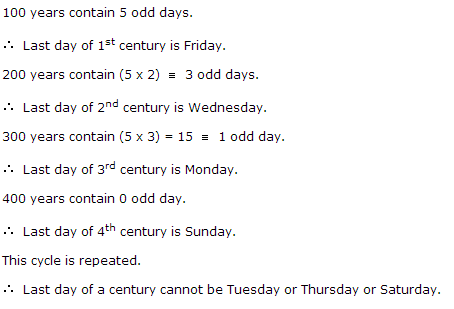Quantitative Aptitude - Arithmetic Ability Questions
What is Quantitative Aptitude - Arithmetic Ability?
Quantitative Aptitude - Arithmetic Ability test helps measure one's numerical ability, problem solving and mathematical skills. Quantitative aptitude - arithmetic ability is found in almost all the entrance exams, competitive exams and placement exams. Quantitative aptitude questions includes questions ranging from pure numeric calculations to critical arithmetic reasoning. Questions on graph and table reading, percentage analysis, categorization, simple interests and compound interests, clocks, calendars, Areas and volumes, permutations and combinations, logarithms, numbers, percentages, partnerships, odd series, problems on ages, profit and loss, ratio & proportions, stocks &shares, time & distance, time & work and more .
Every aspirant giving Quantitative Aptitude Aptitude test tries to solve maximum number of problems with maximum accuracy and speed. In order to solve maximum problems in time one should be thorough with formulas, theorems, squares and cubes, tables and many short cut techniques and most important is to practice as many problems as possible to find yourself some tips and tricks in solving quantitative aptitude - arithmetic ability questions.
Wide range of Quantitative Aptitude - Arithmetic Ability questions given here are useful for all kinds of competitive exams like Common Aptitude Test(CAT), MAT, GMAT, IBPS and all bank competitive exams, CSAT, CLAT, SSC Exams, ICET, UPSC, SNAP Test, KPSC, XAT, GRE, Defence, LIC/G IC, Railway exams,TNPSC, University Grants Commission (UGC), Career Aptitude test (IT companies), Government Exams and etc.

 Aptitude and Reasoning
Aptitude and Reasoning General Knowledge
General Knowledge Puzzles
Puzzles Interviews
Interviews Technical
Technical Certifications
Certifications Exams
Exams Job Roles
Job Roles True or False
True or False Exams
Exams Login
Login Sign Up
Sign Up